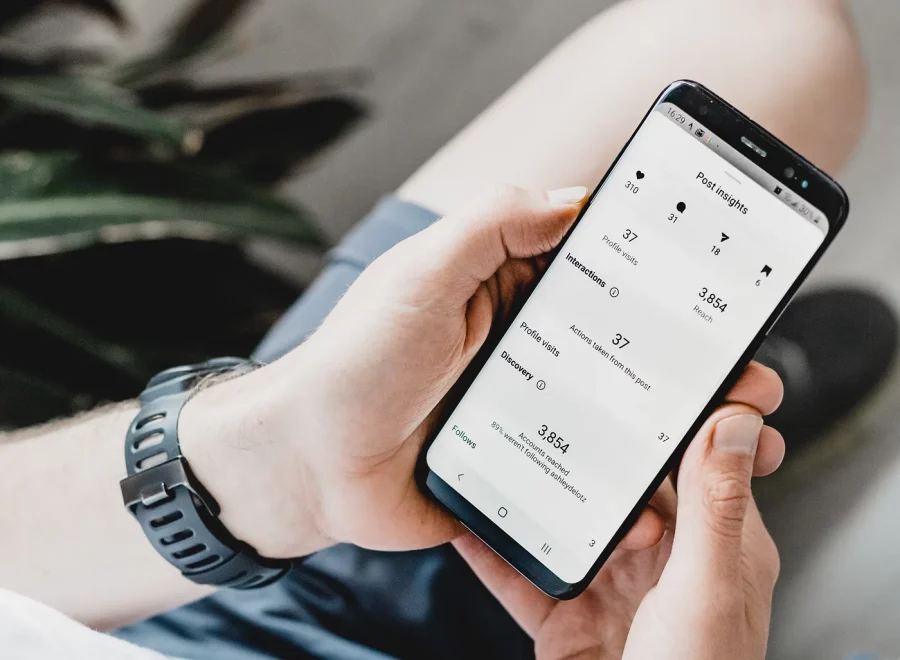In the realm of communication theories, the Two-Step Flow Theory stands out as a pivotal concept that has reshaped our understanding of media influence. At its core, this theory suggests that information from the mass media doesn’t directly influence the general public. Instead, it undergoes a two-stage process: first reaching “opinion leaders” and then being relayed by them to the wider audience.
Historical Roots
The Two-Step Flow Theory was introduced in 1944 by Paul Lazarsfeld, Bernard Berelson, and Hazel Gaudet in their book “The PeopleŌĆÖs Choice.” Their research, centered around the Presidential election campaign, aimed to decipher the direct influence of mass media messages on voting decisions. Contrary to expectations, they discovered that media messages, such as those from radio and newspapers, had a lesser influence on voting behavior compared to informal, personal communications.

The concept and the Opinion Leaders
The Two-Step Flow Theory is a communication theory that suggests that information from the mass media moves in two distinct stages:
First Step: Information from the media is first received by “opinion leaders” who are active media users.
Second Step: These opinion leaders then interpret and relay the information to less-active media consumers.
However, it is critical to recognize that opinion leaders are not universal figures of power. Their influence is frequently limited to select groups.

Applications of the Two-Step Flow Theory
1. Marketing and advertising: To market their products, brands frequently partner with influencers or opinion leaders.
2. Public Health Campaigns: Governments and health organizations use community opinion leaders to raise awareness about health practices.
3. Political Campaigns: Politicians often connect with community leaders to get support.
Critics and Modern Perspectives
The Two-Step Flow Theory, like many theories, has faced criticism. Some researchers point out that, the first flow of mass media information reaches the general people directly and is not always transmitted by opinion leaders.
Furthermore, with the introduction of contemporary media, the dynamics of information flow have surely changed. Yet, the essence of the theory remains relevant. Even in today’s digital age, influencers on social media platforms can be seen as modern-day opinion leaders, shaping public opinion and driving trends.
In Conclusion
The Two-Step Flow Theory offers a nuanced perspective on the dynamics of communication. It underscores the importance of interpersonal communication and highlights the influential role of opinion leaders in shaping public opinion. As we navigate an era of information overload, understanding such theories becomes crucial to discern the pathways of influence and make informed decisions.
Reference(Powell, 2022)
Powell, A. (2022, 2022/08/08). Two-step flow and protesters: understanding what influenced participation in a George Floyd protests. Communication Quarterly, 70(4), 407-428. https://doi.org/10.1080/01463373.2022.2077122

